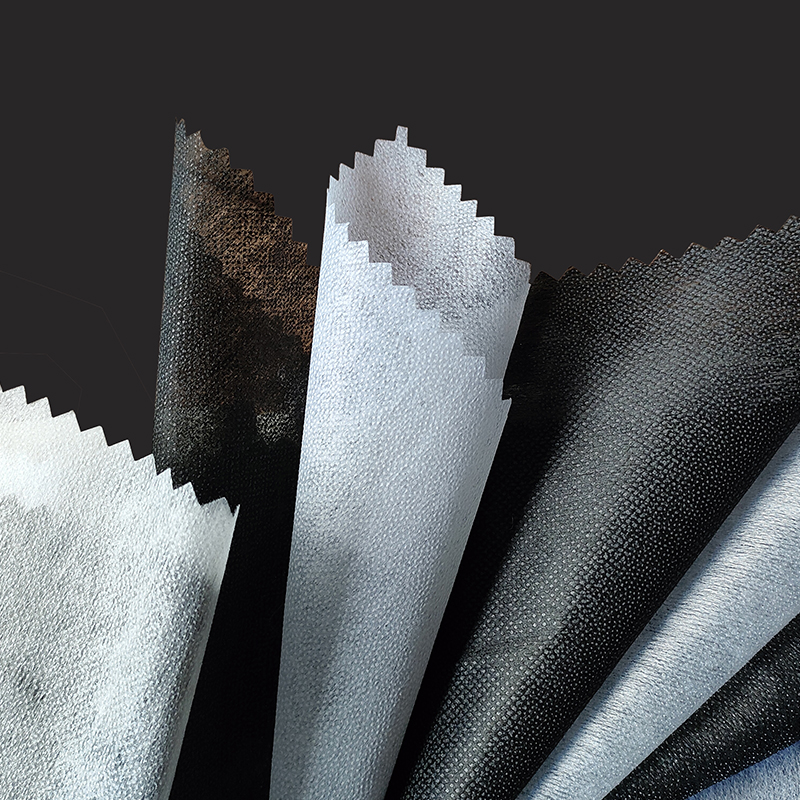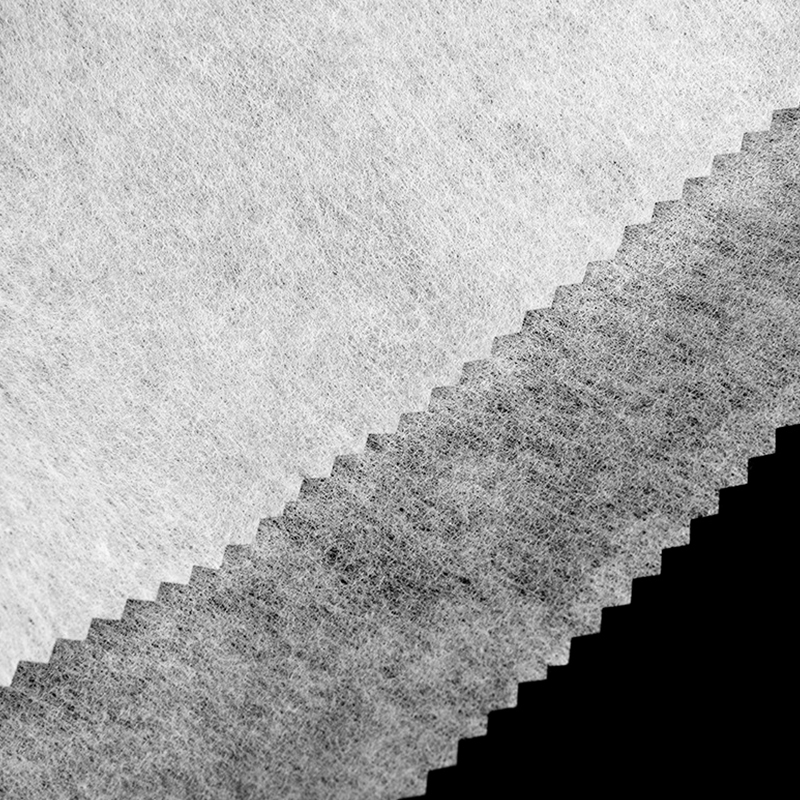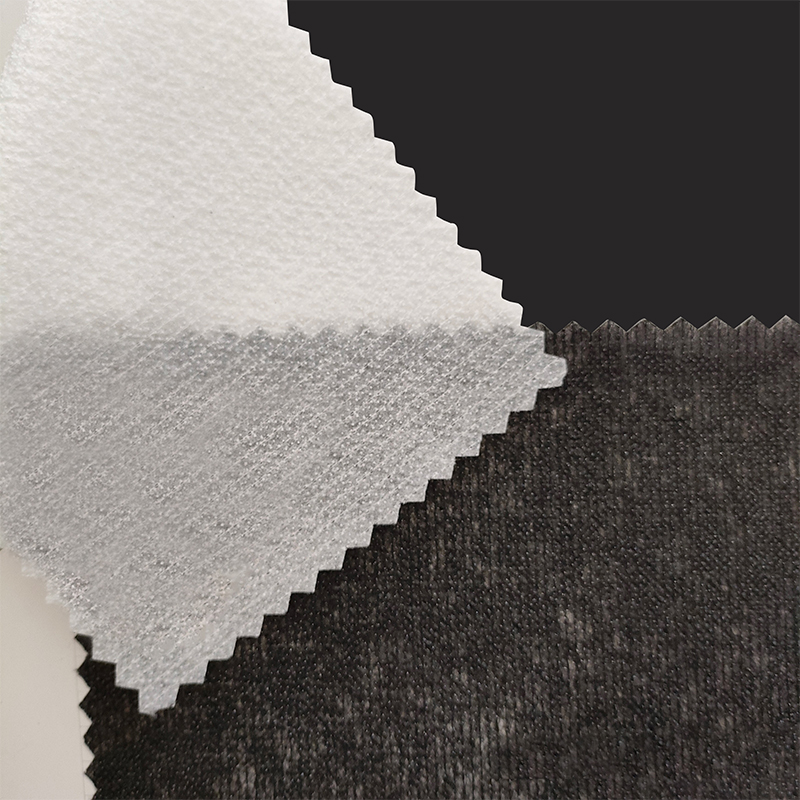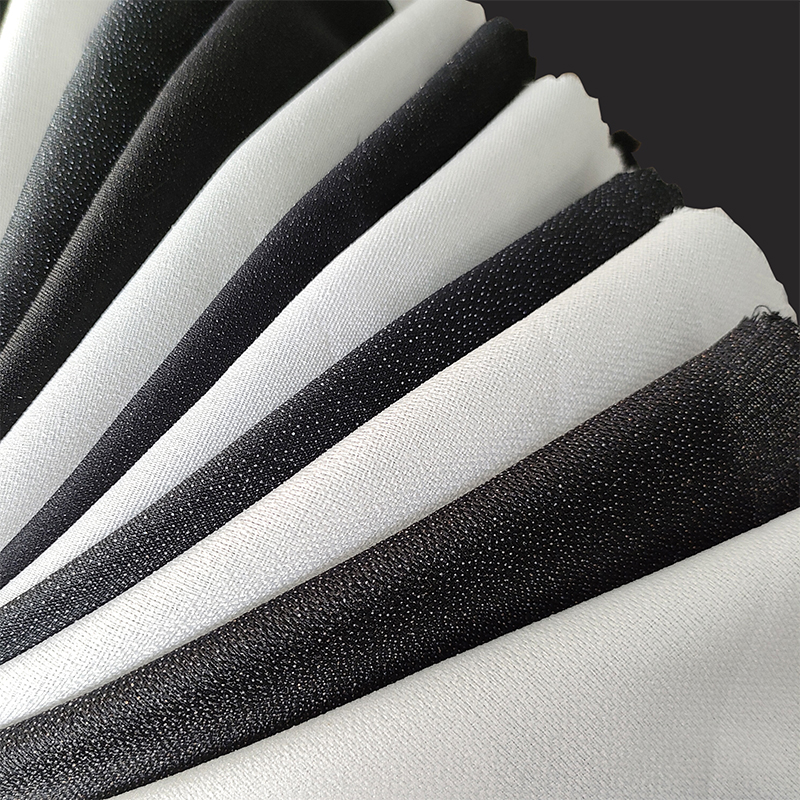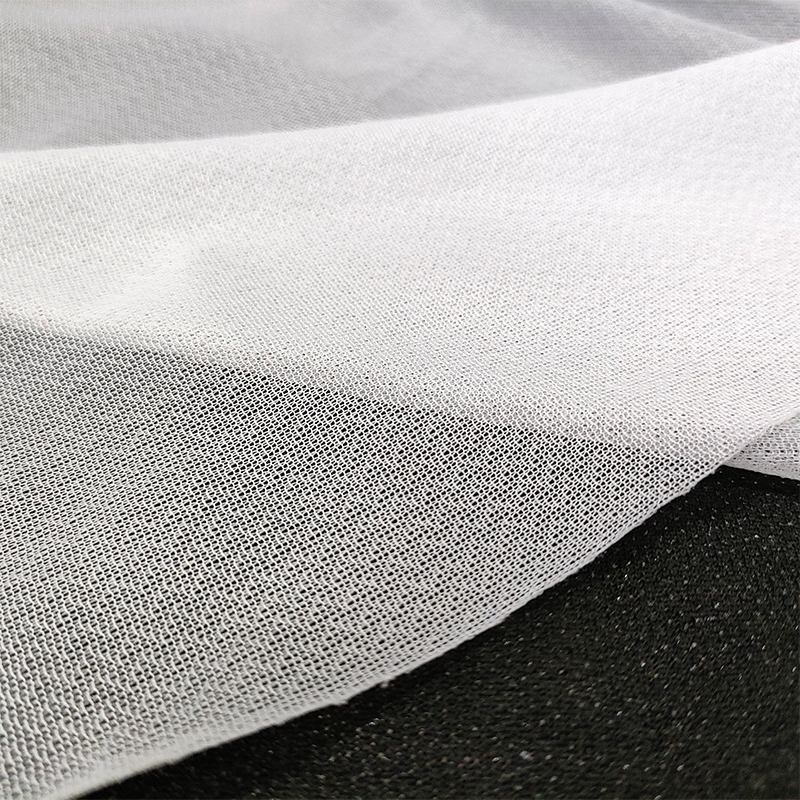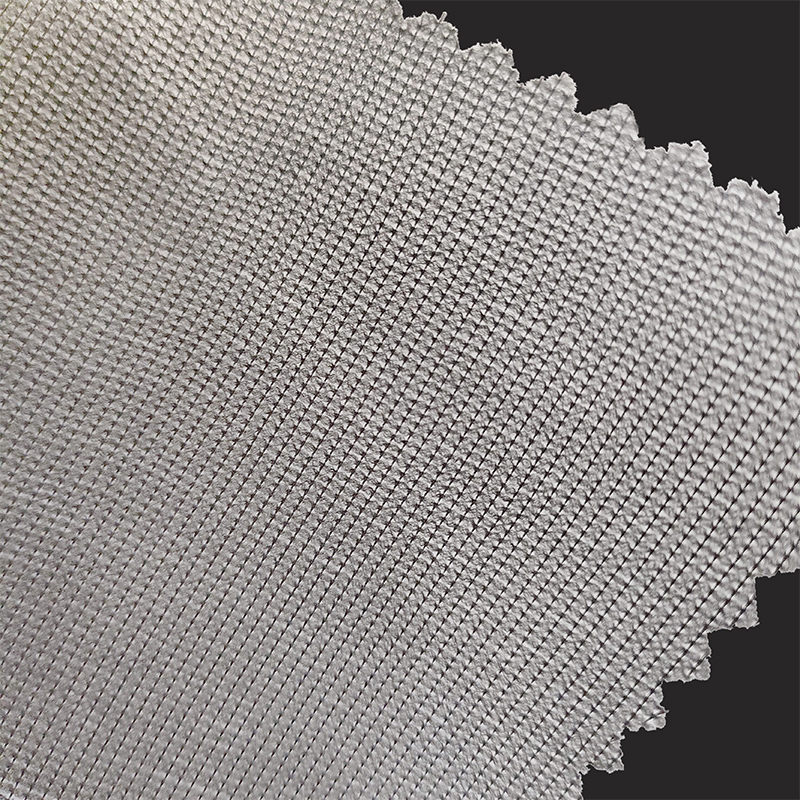Whether non-woven fabric becomes moldy after being damp depends on its material, usage environment, and processing technology. The specific situations are as follows:
1、 Synthetic fiber non-woven fabric (PP/PET)
Petroleum based fibers such as polypropylene (PP) and polyester (PET), which have strong resistance to mold, do not contain nutrients and are difficult for mold to decompose directly, making them less prone to mold growth.
Impurities can cause mold growth. If the surface of the fabric is contaminated with dust, plant sap, or soil organic matter, mold can feed on it in humid environments, forming black spots or green hairs.
The gaps formed by the interweaving of fungal fibers hidden in the pores may retain fungal spores when they remain moist for a long time (especially when stored in dark basements or outdoors during the rainy season).
2、 Bio based biodegradable non-woven fabric (PLA/PHA)
Natural materials such as PLA derived from corn starch and PHA synthesized by microorganisms contain organic components, which can easily become mold culture media when moist, and the rate of mold growth far exceeds that of PP fabrics.
Under high temperature and humidity conditions (such as greenhouses), rapid growth of mold can cause fabric softening, ulceration, and loss of functionality.
3、 Specially treated non-woven fabric
The anti mold coating protective part of medical and military non-woven fabrics is coated with silver ions or copper compounds, which can inhibit mold growth and prevent mold growth even when wet.
Fabric treated with silicone oil or fluorine based reagents using hydrophobic technology for moisture resistance is difficult to penetrate, indirectly reducing the risk of mold growth.
4、 The consequences and countermeasures of mold growth
Functional damage: Fungi secrete acidic substances that corrode fibers, leading to a decrease in fabric strength and blockage of ventilation holes (such as filter cloth failure).
Pollution diffusion: moldy fabrics in agriculture that come into contact with crops may spread diseases; Medical dressings that are moldy pose a risk of infection.
Suggested solution:
Slight mold spots can be wiped with diluted white vinegar and air dried (limited to PP/PET cloth);
PLA material mold needs to be replaced directly;
Long term storage should be kept dry and ventilated, avoiding folding and compression.
| Material/Type | Mold Risk | Key Influencing Factors | Prevention & Solutions |
| Standard PP/PET | Low | • Organic debris (dust, soil) enables mold• Prolonged dampness in stagnant air | • Keep surfaces clean• Store dry with ventilation• Sun-dry if damp |
| PLA/PHA Biodegradable | High | • Natural polymers feed mold• Humid/heat accelerates decay | • Avoid moisture exposure• Replace after single wet use• Never store damp |
| Antimicrobial-Treated | Very Low | • Silver/copper additives kill spores• Chemical barriers resist biofilms | • Ideal for medical/humid uses• No special maintenance needed |
| Hydrophobic-Coated | Moderate | • Surface water beads reduce soaking• Trapped humidity in core risks mold | • Wipe off standing water• Check coating integrity annually |

 English
English Español
Español Türk
Türk